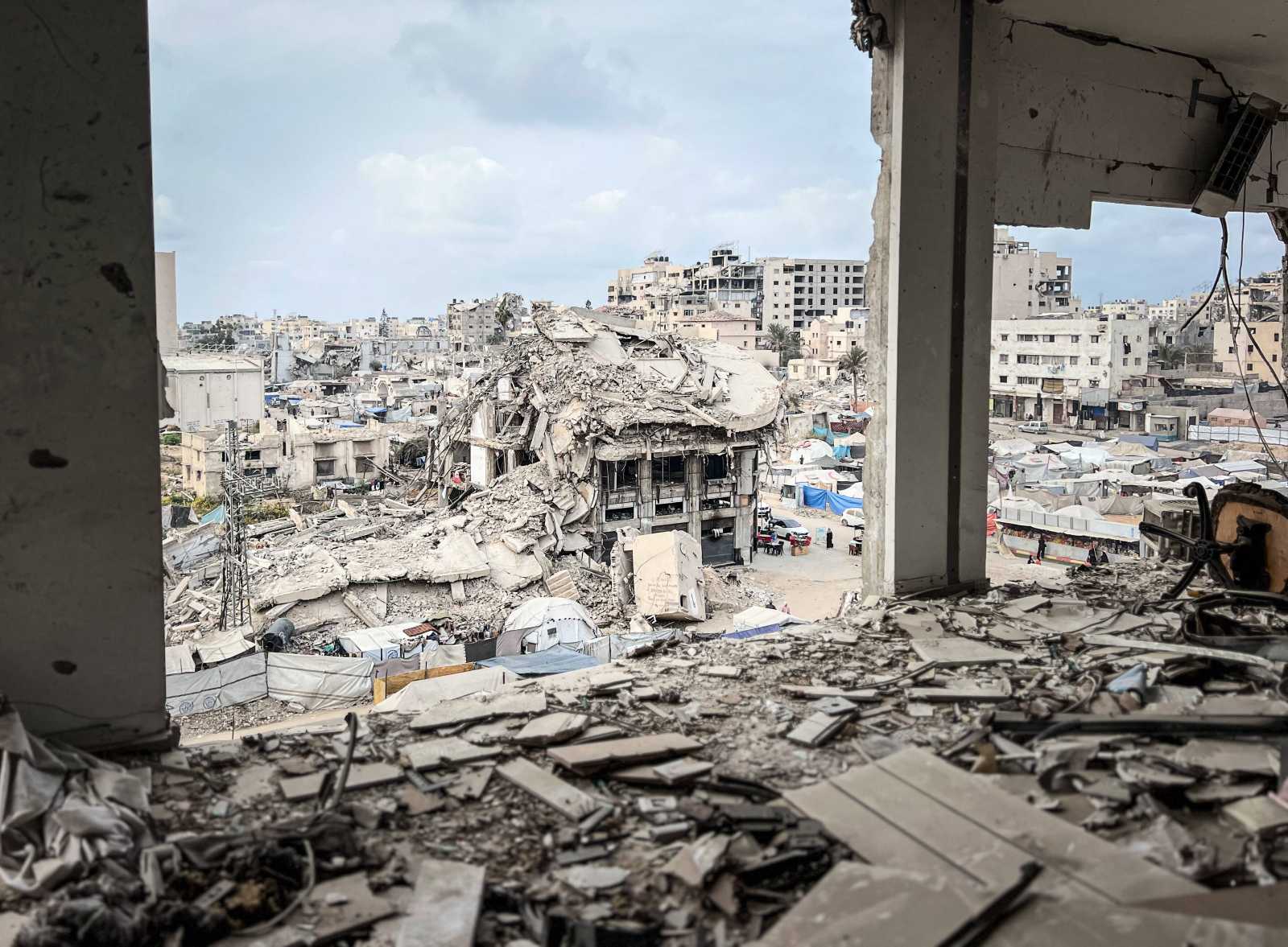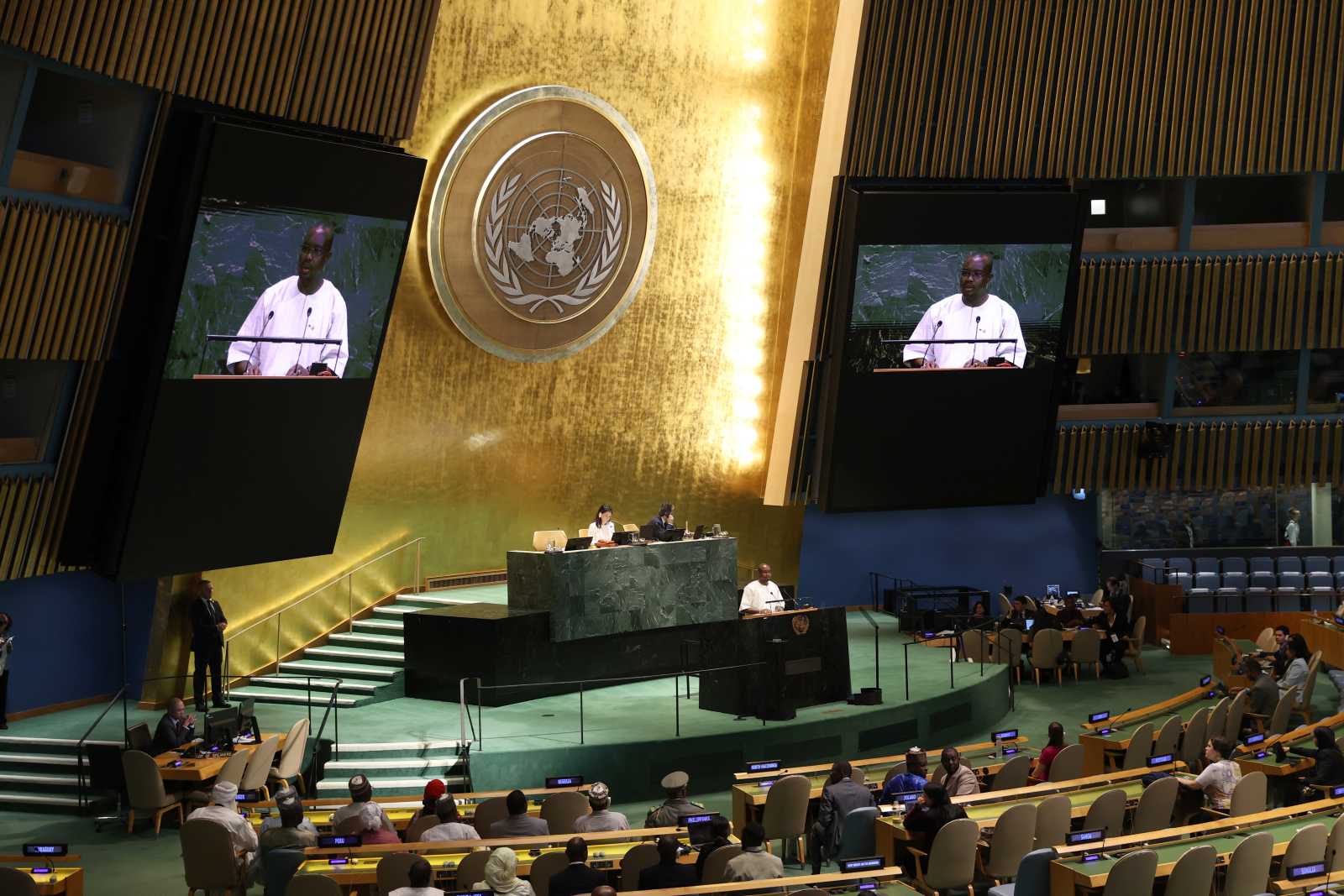Basic needs
Toilets – a taboo topic
By Caroline Triml
The Millennium Development Goal (MDG) on drinking water was to halve the share of the world population without sustainable access to safe drinking water between 1990 and 2015. This goal has recently been achieved, as the UN Children’s Fund (UNICEF) and the World Health Organisation (WHO) spell out in a recent report. Things look worse for the sanitation MDG, according to the same document. The share of the world population with adequate sanitation is unlikely to rise to
75 % by 2015.
One in three people must make do without waste water disposal and latrines, forget about up-to-date toilets. Many people use faeces-contaminated water for drinking, cooking and washing. As a result, millions of people suffer from avoidable illnesses such as diarrhoea, cholera, hepatitis A and worms. According to the German Academy of Science Leopoldina, the lack of clean drinking water and sanitation facilities kills more children than AIDS, malaria and measles combined. Global inequality is accurately reflected in people’s access to sanitation.
Uschi Eid of Germany’s Green party points out that “cities grow more rapidly than their infrastructure”. She is the deputy chair of the UN Secretary General’s Advisory Board on Water and Sanitation (UNSGAB). “Urban slums in particular have completely inadequate sanitation, which results in major hygiene problems and rising environmental contamination,” she adds. “People get by, using makeshift solutions, such as relieving themselves in the open or using mobile toilets.”
Things are getting worse. As cities are growing, slums are growing especially fast. UN expert Catarina Albuquerque says that, since many informal settlements do not have any legal status, authorities do not allow them to be connected to municipal waste water systems. The topic people prefer to avoid therefore deserves a lot of attention. So far, developing countries only spend 1.5 % of their public expenditure on sewage disposal, according to Albuquerque. She bemoans that even in rich nations there are fewer and fewer public toilets.
WHO statistics are blunt: Of 2.5 billion people who do not have sanitary facilities, 1.1 billion have to defecate outdoors. In south Asia, this is still the case for 41 % of the people, even though the share has recently been declining. In sub-Saharan Africa, fewer than 10 % of the urban population is connected to the public sewerage. If current trends continue, the sanitation MDG will not be reached before 2026.
Underground sewers are needed to improve hygiene. They keep human excreta separate from drinking water. In cities that already have such systems, households can be connected relatively easily. Where there is no underground infrastructure and not enough money to build any, community sanitation facilities make sense. They only need a single conduit to carry away waste water. Swiss experts have compiled a compendium of relevant technologies (EAWAG 2009).
In Latin America, many cities have sewerage infrastructure. However, the treatment plants tend to be inadequate. According to the UNDP’s Human Development Report of 2006, less than one fifth of the waste water is treated in Brazil and Mexico. In the southeast Asian cities of Jakarta and Manila, on the other hand, the sewerage network is poor, but these cities have a well-developed infrastructure of community latrines. If these latrines are not emptied appropriately, however, faeces trickle into the ground water. The UNDP stresses that densely populated slums need a comprehensive services infrastructure.
Possible solutions
Many actors are involved in waste water issues, including local governments, public utility companies and the people themselves. All sides must be involved, and this is exactly why progress tends to be slow. To a considerable extent, success depends on whether the local population participates in measures or not.
The UNDP applauds Colombia for programmes that subsidise poor households to enable them to afford sewer connections. Moreover, the government offers loans and technical support to utility companies, so they can expand services to low-income communities.
Thailand is a model country, according to the UNDP. It succeeded in providing sanitary facilities to its entire population. In 1990, 20 % still did not have access. Thai ministries developed technical solutions which poor people can afford. They provided funds to help cover investment costs and ran awareness campaigns on how to maintain sanitation facilities.
UNSGAB member Eid praises community bio-centres in Kibera, a major slum area of Nairobi. They make toilets and showers available for a small charge. Dirty water is treated or used as fertiliser or for biogas production. Eid stresses that, apart from appropriate technology, it really matters that communities assume responsibility themselves.
People must understand why the subject is extremely important, and they must be involved in projects. Relevant facts include that improvements serve their entire community, that child mortality goes down and the quality of life improves. All too often, however, the following obstacles hinder the establishment of proper sanitation facilities:
– Development agencies and governments are not keen on long term efforts. According to the UNDP, it takes 10 to 15 years to make real progress on sanitation, but government bodies and donor agencies mostly plan for cycles of two to three years.
– Sanitation has a gender angle. According to the UNDP, women are more interested in healthy facilities. They are more aware of the impact poor sanitation has on children’s health, and they are personally at risk if they have to leave their homes at night.
– The UNDP argues that the biggest obstacle to reaching nationwide sanitary care is leaders’ unwillingness to put faeces on the political agenda. In a similar way, campaigns against HIV/AIDS were hampered by taboo for a long time. Governments had to address the topic frankly for people to understand sexual transmission – and before that happened, it was impossible to stem the spread of HIV/AIDS.







